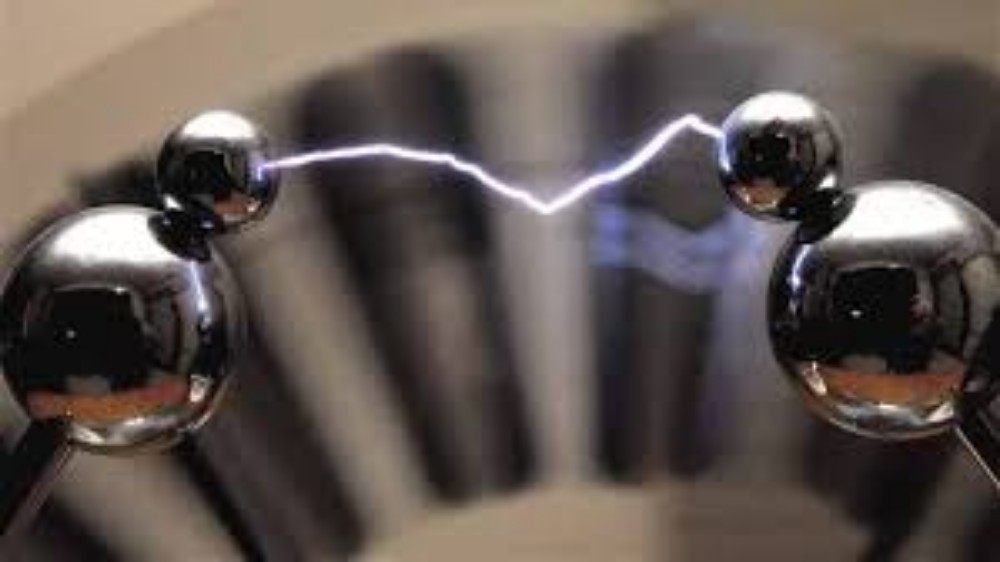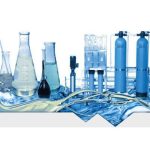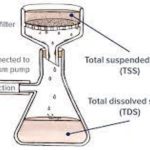Minerals dissolved in water are present as ions. Ions have an electrical charge; either positive or negative. Ion exchange resins take advantage of this charge. Water Softeners are cation exchangers meaning they will exchange, or pick up all positive ions. Positive ions are calcium, magnesium, iron, copper, lead, sodium, zinc, manganese, mercury, and other metals.
Negative ions are not exchanged, or removed, by a water softener and negative ions are called anions. Negative ions are nitrate, sulfate, chloride, bicarbonate, and other similar minerals.
Minerals are measured by grains per gallon (gpg) or parts per million (ppm). The metric equivalent of ppm is milligrams per liter (mg/l).
A grain is a unit of weight (7,000 grains = one pound) parts per million is a finer measurement (17.1 ppm = one grain) one ppm = 8.33 pounds of mineral in one million gallons of water. More common minerals such as hardness are measured in gpg. Minerals such as iron are present in lesser quantities and are measured in ppm (or mg/l).
An analysis usually reports minerals as calcium carbonate equivalents to base results on a common denominator. Calcium and magnesium reported separately are reported as individual ions and must be converted to calcium carbonate equivalents to arrive at total hardness.


